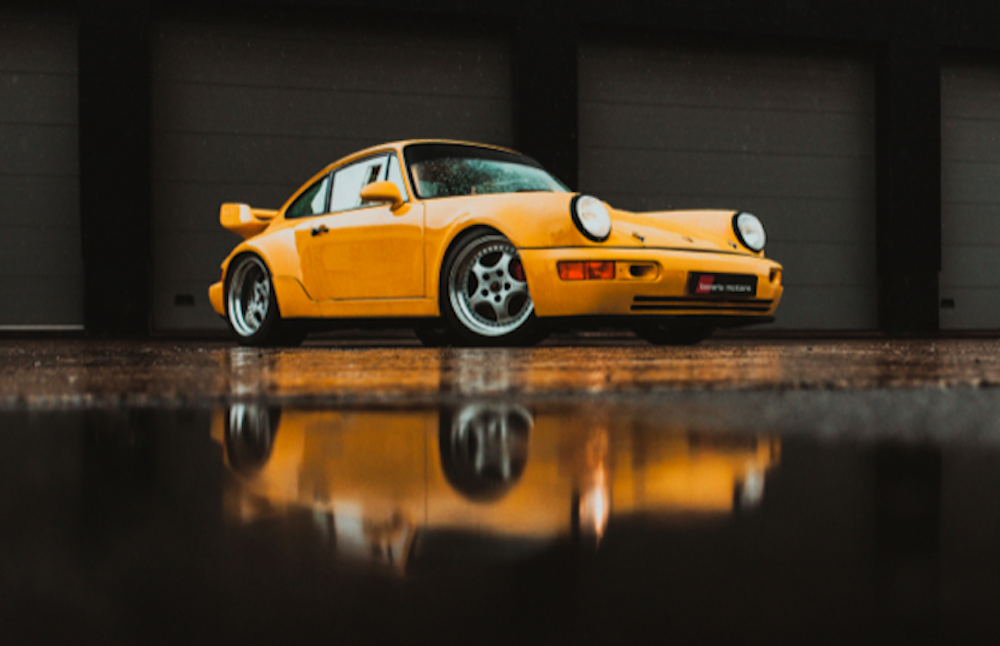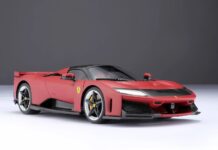The Porsche 911 type 964 RSR 3.8 was conceived in a financial difficult period for the racing department of Porsche. At the end of the day, it was the RSR 3.8 that brought back Porsche’s customer racing program, after it was about to collapse in the ’90s, to a certain level we know it today, as one of the biggest private racing programs out there.
Group C racing, the end of an era
Whoever paid a visit to the Porsche Museum, must have seen it hanging upside down: Jacky Ickx’s and Derek Bell’s 1982 Le Mans winning Porsche 956. As well, 1983, 1984 and 1985 was won by a Porsche 956. It’s successor, the 962 supplemented this row with two wins. Porsche, once again, dominated the motorsport in the ’80s. Nonetheless, Porsche withdrew from the 1988 Group C start grid. However, due its efficiency and reliability, the Porsche 962 was used a lot by private teams.
When in the early ’90s the FIA decided to drop the regulation on consumption, Porsche left it’s 962 unchanged. Further, FIA now supported normally aspirated 3.5 liter engines similar to the F1 engines from that time. Besides latter, it was the change on minimum weight that made the 962 -just like any other turbo powered racecar- look like a dinosaur next to the high-tech lightweights entrants.

Around that same time Porsche developed a natural aspirated 3.5 liter V12 engine for the Formula-1 and even investigated to use it for a brand new Porsche Group C car. Due financial considerations and early problems with the engine in the F1, Porsche left this page unwritten.
Jaguar an Mercedes as well withdrew from Group C racing in the early ’90s. It became quasi a duel between Peugeot and Toyota, who both invested budgets that got out of hand on their cars. A number of private teams did not dispose over such large budgets and quit the game. In 1993, Group C came to an end of an era.
Gamechanger
 After Group C came to an end it was clear that race cars has to become affordable again for the International championship to win back its popularity. The GT category, which we know from the ’70s got revived for the 90’s racing seasons.
After Group C came to an end it was clear that race cars has to become affordable again for the International championship to win back its popularity. The GT category, which we know from the ’70s got revived for the 90’s racing seasons.
In the early ’90s there were only 3 private teams that got support from Porsche and none that deserved the name to race as factory team for Porsche. The future for Porsche racing department, that in the 80’s grew to a team of 40 people, was about to collapse. The difficult period for the motorsport department gave them a second breath. Roland Kussmaul, former technical project leader at Porsche, and his team got the idea of developing an affordable race car in tradition of the original 911 Carrera RS 2.7 and RSR 2.8. This new race car would become a gamechanger for Porsches customer racing program, that became one of the biggest racing programs today. Therefore the 964 RSR 3.8 was a huge success on track and brought Porsche back in the spotlights
Homolagation
In 1972 the term ‘homologated vehicle’ was as follows: “vehicles of which a certain number of identical units have been completed within a certain period of time, and which are meant for sale. this period of time is of 12 consecutive months. The confirmation of the existing minimum production quantity enables the national sporting autohority to apply to the FIA for recognition.”
In 1993 the GT category was given a second heartbeat. Whereas the in the ’70s the GT category required respectively 1000 production cars for group 3 cars and 500 for group 4 cars, the new GT category only required 100 production cars. Hereby the FIA wanted to attract the sport again for all manufacturers. To apply to the FIA homologation regulation for the GT class of 1993 Porsche built 107 cars, whereof 55 964 RS 3.8’s and 49 964 RSR 3.8’s. There was an agreement with the FIA to split the RS and RSR to achieve the required number of cars (just like they did for original 1972/73 RS and RSR). Its needless to say that Porsche used the RS 3.8 as homologation model and therefore built it as race ready as possible. This was still a challenging task for Porsche, as the RS3.8 had to be road legal at any time.
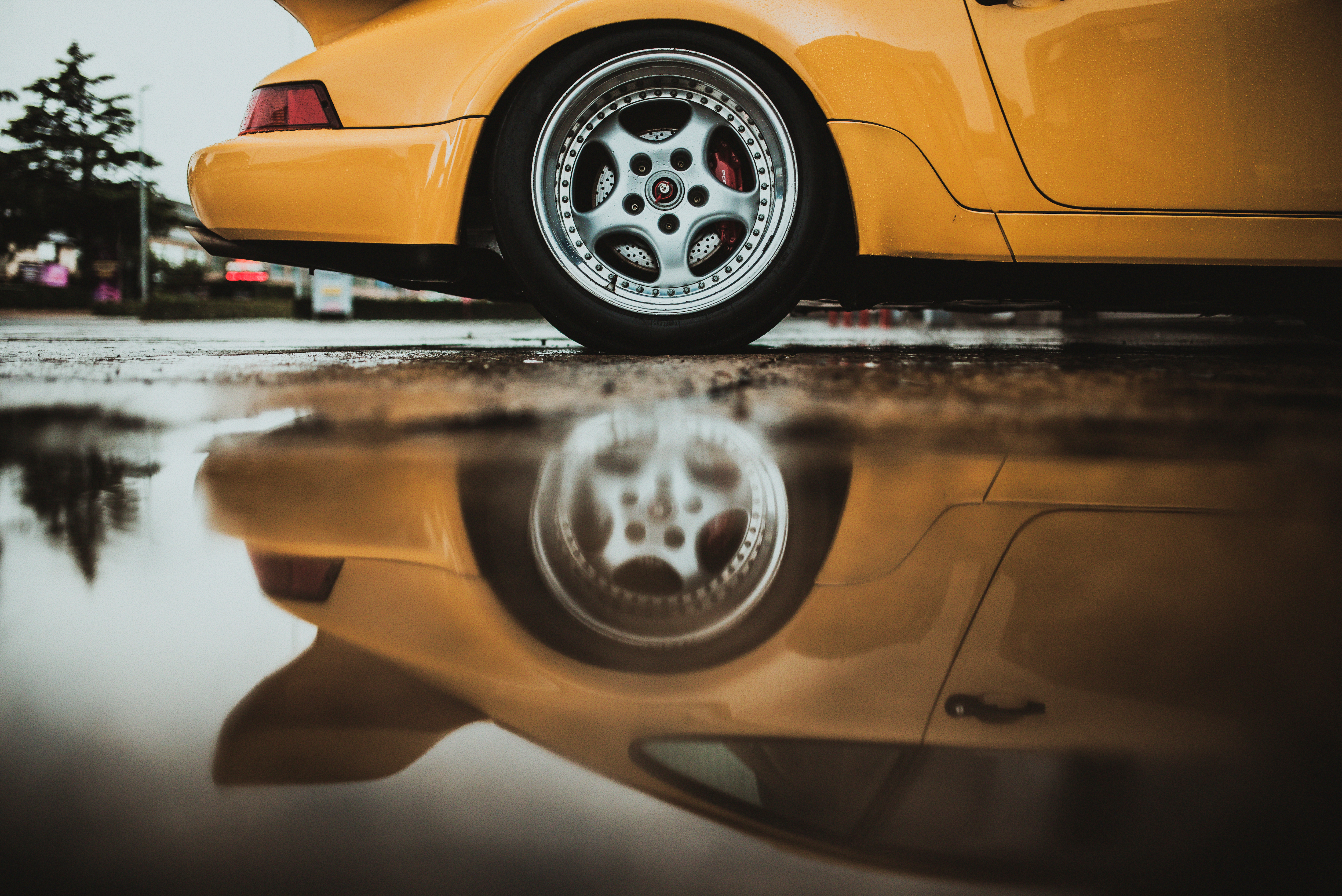
RS(R) 3.8
In a drive report for the magazine Christophorus Walter Röhrl wrote the next about the road going model of the new GT car: “I close the door with a red cloth loop. This and the slightly different metallic tone when the door latches says: lightweight.” Walter Röhrl was in favor of lightweights. “Lower weight means reduced fuel consumption, real agility, ideal acceleration and deceleration.” A low weight and rear engined lay-out where the ingredients for a well balanced sports car. When you brake, the weight shifts to the front. The engine that lays in the back makes sure the needful weight stays on the rear axle. “It must be breathtaking when an RS dives into a corner, only to slow down in minimum time.”
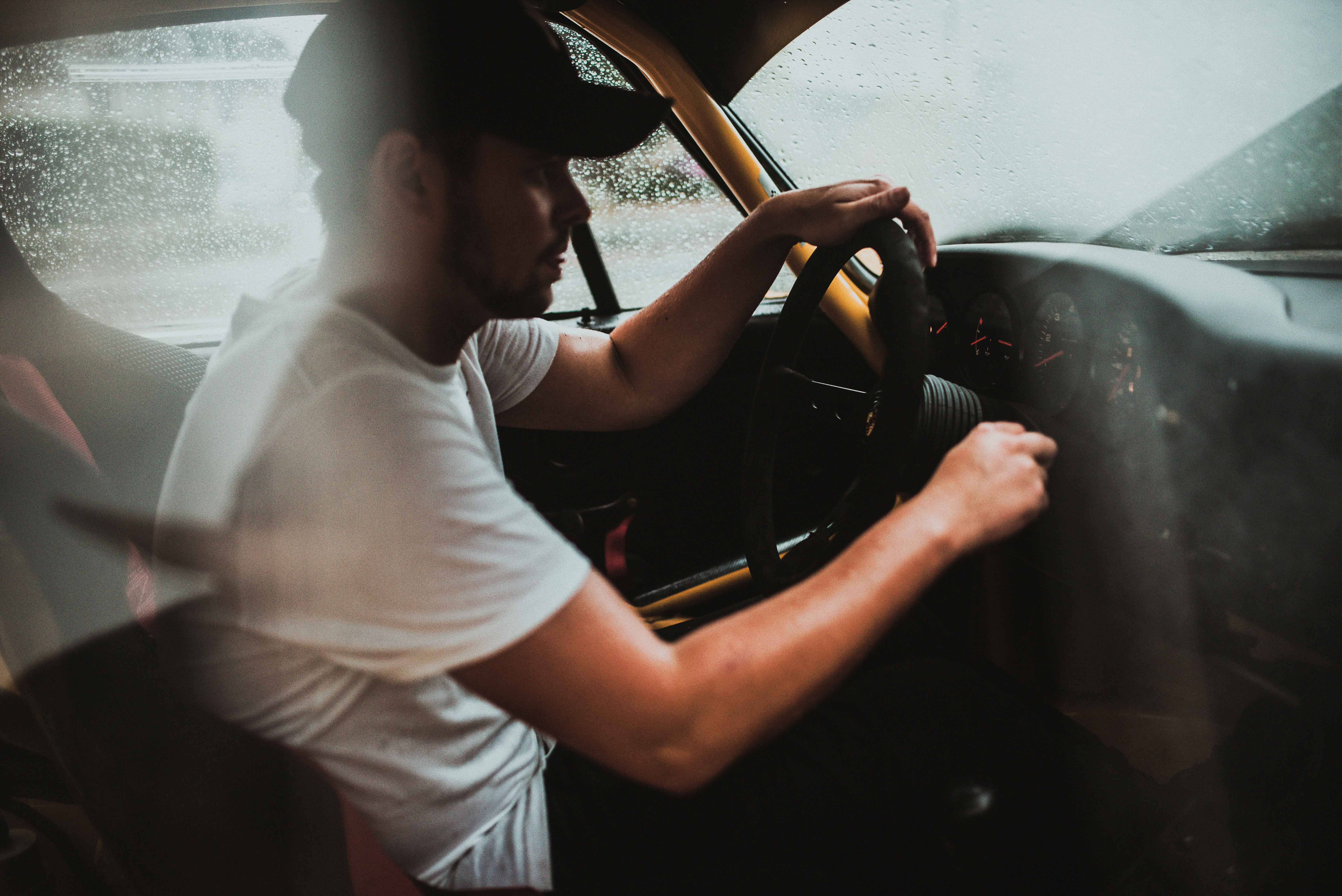 Both the RS 3.8 and RSR 3.8 started their story in Zuffenhausen and are turned into race cars by the staff in Weissach. For the RSR, most of safety features were scrapped from the road version. The aluminum hood and the adjustable spoiler, which was part of the engine cover, were directly used from the RS for the RSR. When it came to the interior it was simple for Porsche, as usual. All what wasn’t necessary for racing was left behind. At the end all RSR’s were sent to Matter for 3 days, where it was fitted with a built-in roll cage.
Both the RS 3.8 and RSR 3.8 started their story in Zuffenhausen and are turned into race cars by the staff in Weissach. For the RSR, most of safety features were scrapped from the road version. The aluminum hood and the adjustable spoiler, which was part of the engine cover, were directly used from the RS for the RSR. When it came to the interior it was simple for Porsche, as usual. All what wasn’t necessary for racing was left behind. At the end all RSR’s were sent to Matter for 3 days, where it was fitted with a built-in roll cage.
The RSR 3.8 was a ‘ready to go’ race version of the RS 3.8 that Porsche delivered to it’s customer teams. Since the regulations could deviate from racetrack to racetrack, Porsche offered different specifications for the RSR. Mainly a distinction was made between two specifications. There was the standard specification for the German ADAC GT categoy, which was provided of a 43 liter fuel tank, a required weight of minimum 1,300 kilos and closed exhausts. And on the other hand there was the Le Mans specification, which had a
120 liter fuel tank, a required weight of minimum 1,100 kilos and open exhausts. That Porsche offered multiple specifications was a smart move, the 964 RSR could race literally anywhere in the world. The key difference between the RSR and its road going version were mainly the compression ratio, the intake en the exhaust system and the engine mapping. The performance range was varied from 300hp for the road car up to 370hp for the Le Mans specification.
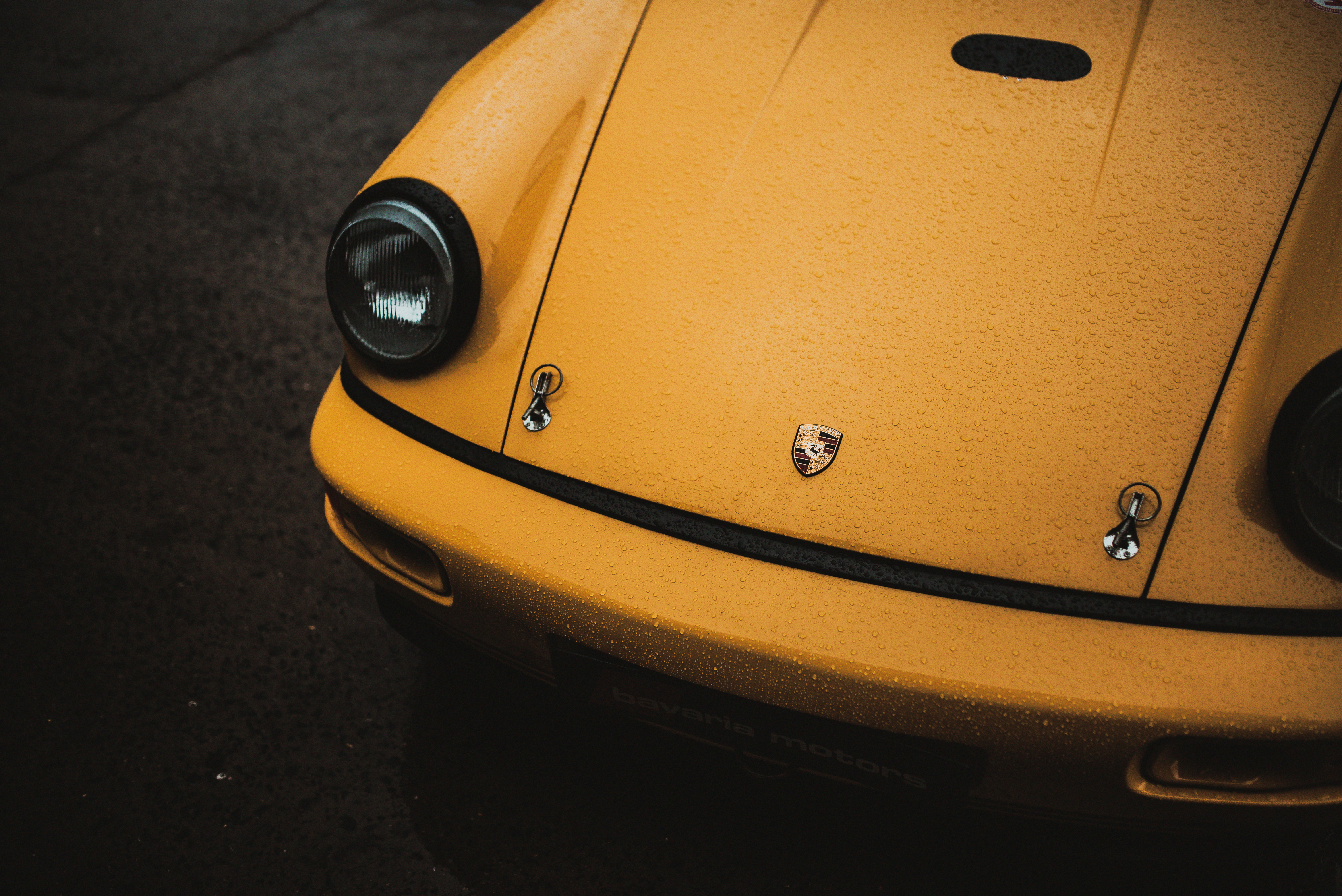 Similar to the the RS 3.8’s, the RSR 3.8 was fitted with for Porsche designed, 18 inch sized speedline wheels. Due the German ADAC GT category required regular wheel nuts, the center lock system came optional. In March 1993 Porsche launched a new, bigger brake system for the RSR, which were not compatible to the original speedline wheels. Porsche offered therefore 18 inch sized BBS wheels for the RSR, as well.
Similar to the the RS 3.8’s, the RSR 3.8 was fitted with for Porsche designed, 18 inch sized speedline wheels. Due the German ADAC GT category required regular wheel nuts, the center lock system came optional. In March 1993 Porsche launched a new, bigger brake system for the RSR, which were not compatible to the original speedline wheels. Porsche offered therefore 18 inch sized BBS wheels for the RSR, as well.
Whoever is into Porsche must have heard about the ‘M491’ code before. Throughout the years this code was used on different Porsche models indicating a specific optional characteristic. In 1972 the code was first seen on the race versions of the 911s and 914/6. In 1984 it was used to indicate the so called ‘Turbo-look” models. Five years after the
M491 code came back for the 1989 Porsche Speedster. And so on.. As well the RS 3.8 and RSR 3.8 had the ‘M491’ code, which indicated the remarkable widebody that was originally designed for the 964 30th anniversary.
PS496086
PS496086 was delivered on 8 December 1993 to its first owner. In 1999 this RSR was sold to Japan, where it had two owners. One of them had it road converted, wherefore the glazing was converted. Currently this RSR is located in Belgium, for sale at Bavaria Motors in its original condition, with 4,000km on the clock. This very example (#26) is moreover one of just fifteen RSR’s fitted with the Le Mans specification.
Find out more about our photographer Sian Loyson
Report and Photos by Sian Loyson for sianloyson.com / collectorscarworld
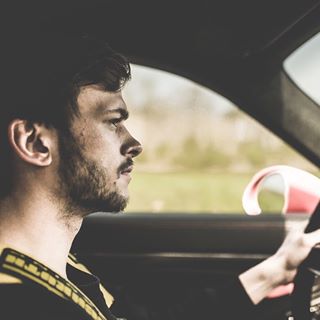 About our photographer Sian Loyson
About our photographer Sian Loyson
Sian Loyson is an automotive photographer/journalist fascinated by the past.
“Vintage racecars and Porsches make life more interesting” according to Sian.

